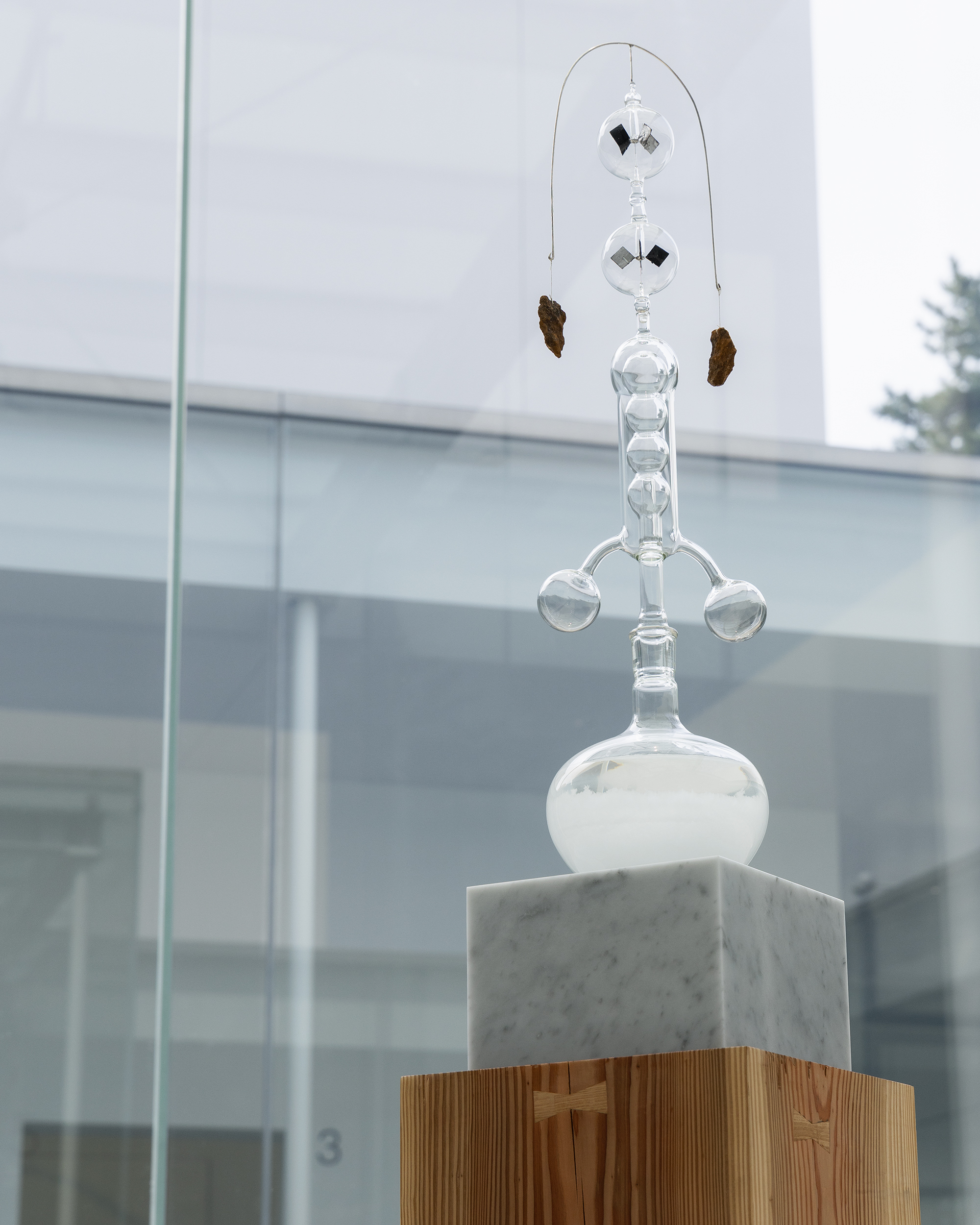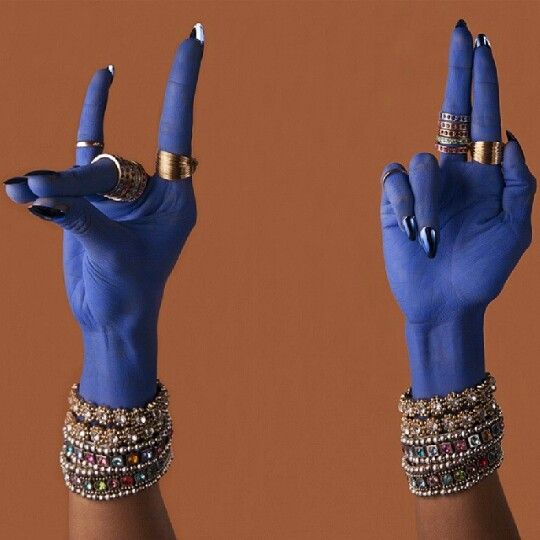The Return of Narrative Luxury
Luxury is no longer about logos.
It’s about stories
— whispered, sculpted, stretched across time.
Slow Stories for Fast Times
In a world obsessed with speed,
the only thing that feels rare is slowness. And silence.
Plus: a plot that doesn’t try to sell you something in the first five seconds.
The most captivating brands today aren’t shouting.
They’re building myths.
Valentino, under Alessandro Michele,
turns runways into operas of velvet and memory.
Prada composes modernist parables, part alien, part archive.
The Row speaks in pauses, in silence, in sculpted restraint.
These aren’t campaigns. They’re timelines. Universes.
Literary structures disguised as fashion calendars.
In an age of constant content, slowness becomes seductive. A long story? Now that’s luxury.
From Ad to Fable
We’re watching a shift. Luxury is moving from slogan to screenplay.
From “buy this” to “feel this.”
The best campaigns aren’t selling anymore — they’re staging.
They create fictional archives.
Melancholy dinner parties.
Supernatural train rides.
Whole worlds you don’t want to leave.
The message is no longer explicit.
It’s ambient. It lingers.
It’s not a product pitch — it’s a poem.
Interpretation becomes part of the experience.
And maybe that’s the point: Storytelling is the last true luxury.
Time to imagine. Time to decode.
Time to dream between the seams.
Imagination vs. Reality
Narrative luxury is also a kind of resistance.
Not loud. Not angry. Elegant resistance.
It resists the pressure to explain. To expose.
To be transparent at all times.
We’re drowning in raw data, viral outrage, and hyper-clarity.
Everything seen. Everything tagged.
No space for mystery. No room for the unsaid.
So brands like Valentino — under Michele’s myth-heavy eye
— and Rick Owens — with his sculptural rituals of post-human drama
— offer something else.
Not a spectacle. A spell.
Not a product. A prophecy.
They don’t just sell silhouettes.
They sell time, memory, shadows, dreams.
They remind us that fashion is not just what we wear — it’s how we remember.
Paul Ricoeur showed us that narrative doesn’t just tell time — it reshapes it. It slows it. Softens it. Makes it liveable. That’s what luxury does now. Not through gold. Through meaning.
Too bad meaning still comes with a price tag.
Cause not everyone can afford to understand.



